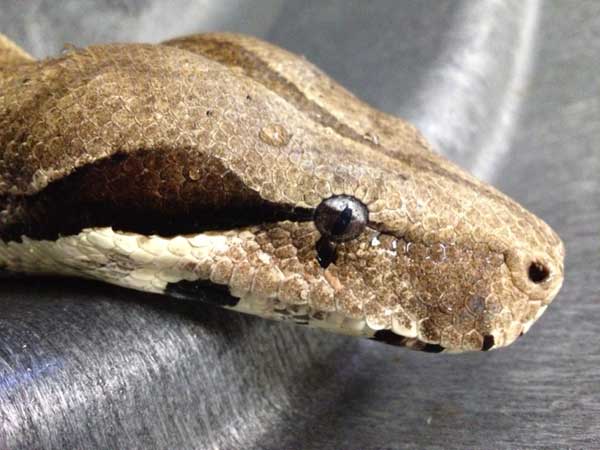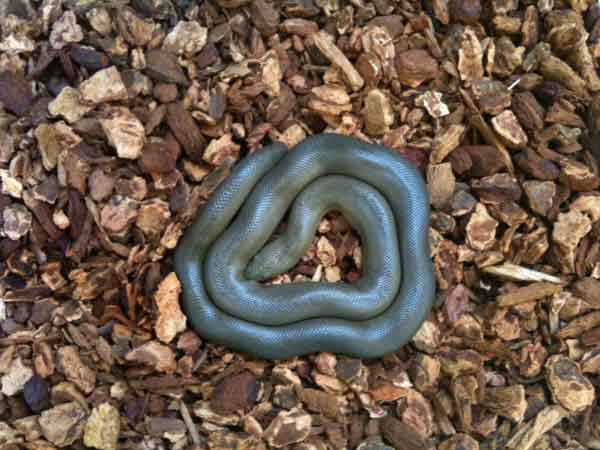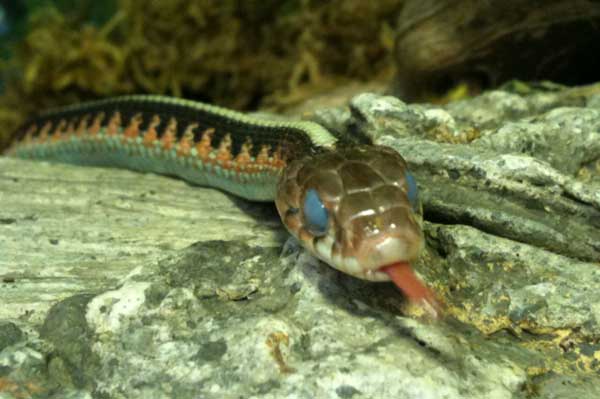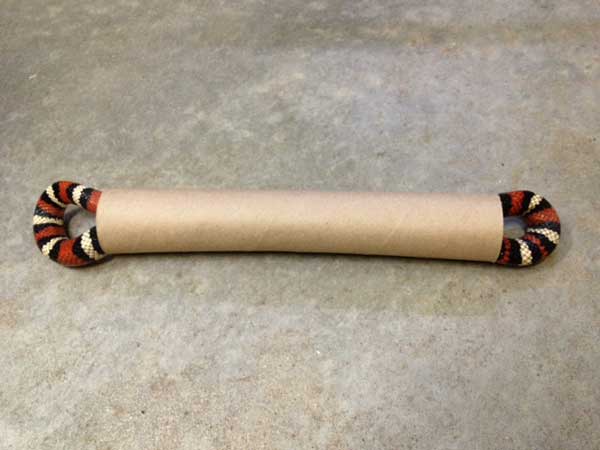Blog
Year of the Sssnake!
According to Chinese Zodiac, February 10th marks the year of the snake for 2013. Snakes are often misunderstood by people, but CuriOdyssey aims to educate visitors about why snakes should be respected- not feared.
Snakes are very adaptable and are found on every continent except Antarctica. Although they do not have limbs, many are excellent climbers, swimmers and burrowers. Some species strictly live in trees, while other species spend almost their entire lives in the ocean. All snakes are carnivores, meaning, they only eat meat. Because snakes do not have noses like humans do, they “smell” with their tongues. When a snake sticks its forked tongue out, it “tastes” the molecules in the air. The tongue then touches an organ in the roof of its mouth, which helps identify what the smell is and what direction the smell is coming from. The majority of snakes rely on strength to constrict their prey, while some species may use venom to immobilize prey and then swallow it whole. Did you know that because snakes have flexible jaws, they can swallow an animal twice the size of their head?
Because snakes are reptiles, they are ectothermic. Commonly referred to as “cold-blooded,” ectothermic animals’ internal body temperature is greatly influenced by the temperature of their surroundings. This is why on cold days, our animal keepers and volunteers bring education reptiles into the museum for presentations, rather than showing them outside in the habitat area. In the wild, snakes may find a warm place to rest when it’s cold or slow their metabolism to reserve energy. A slower metabolism also means eating less in winter months.
When a snake eats, it inevitably grows. Unlike many other animals, reptiles’ skin does not stretch as they grow. Snakes and other reptiles will actually shed their skin. New skin is generated underneath their old skin, and as they grow, the old skin comes off! A good indicator that a snake is going to shed its skin is when a snake appears to have blue eyes.
Because snakes do not have eyelids, what appear to be blue eyes are actually the snake’s eye caps, which are also shed during the process.
Snakes are very unique, adaptable animals that our animal keepers get to work with everyday. Many of them help control rodent populations, while venomous species are studied to help find cures for aliments. Either way, snakes are respectable creatures and CuriOdyssey is so happy that it’s their year!
– post and photos by Rachael Ruffino
Join the CuriOdyssey Community
LOCATION
1651 Coyote Point Drive
San Mateo, CA 94401
Ohlone Land Acknowledgement
650-342-7755
[email protected]
CuriOdyssey is a 501(c)(3) nonprofit, Tax ID 94-1262434










